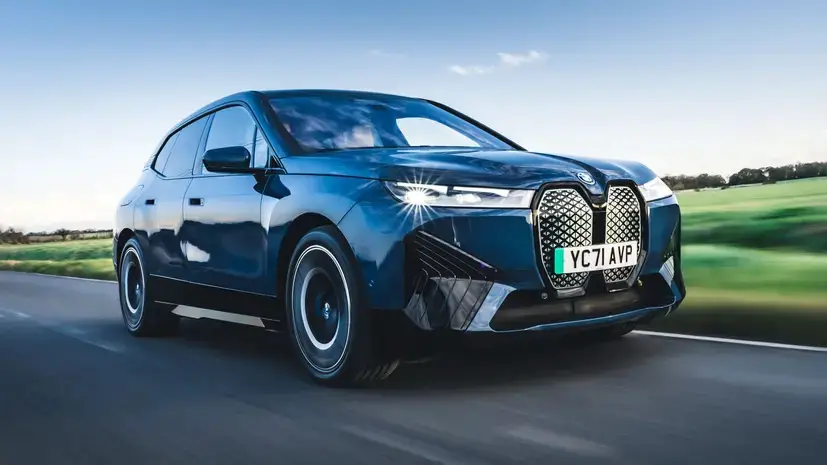Contents
How to Charge Your Electric Vehicle | Introduction
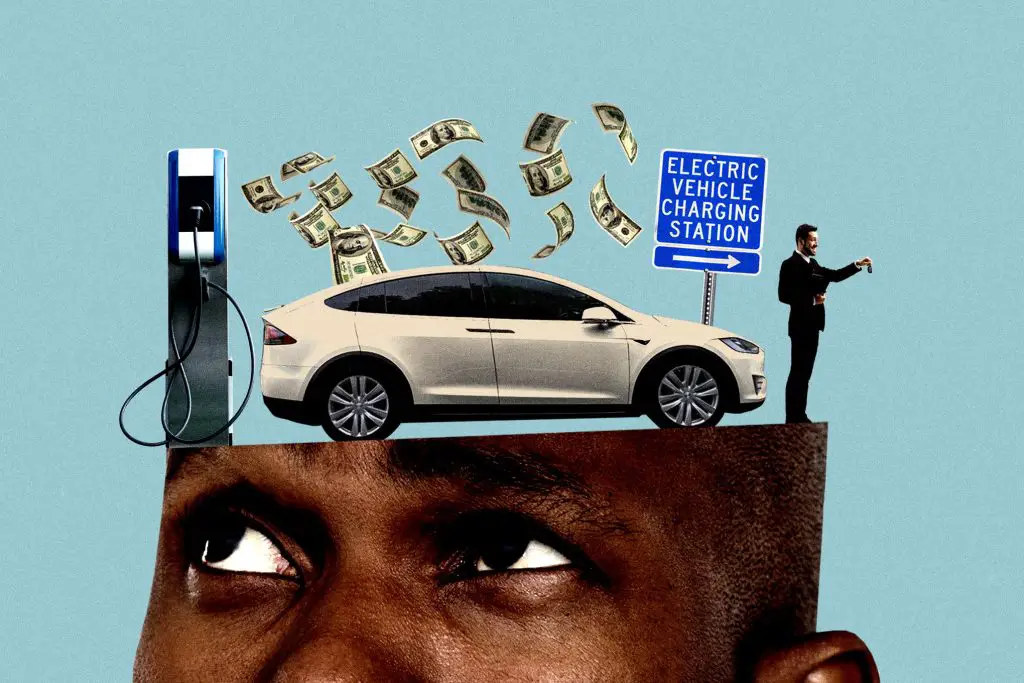
With the growing popularity of electric vehicles (EVs) as a sustainable and efficient mode of transportation, more and more people are considering making the switch. However, one common concern for prospective EV owners is understanding the charging process. In this beginner’s guide, we will demystify the world of EV charging and provide you with essential information on how to charge your electric vehicle.
Understanding Electric Vehicle Charging Levels
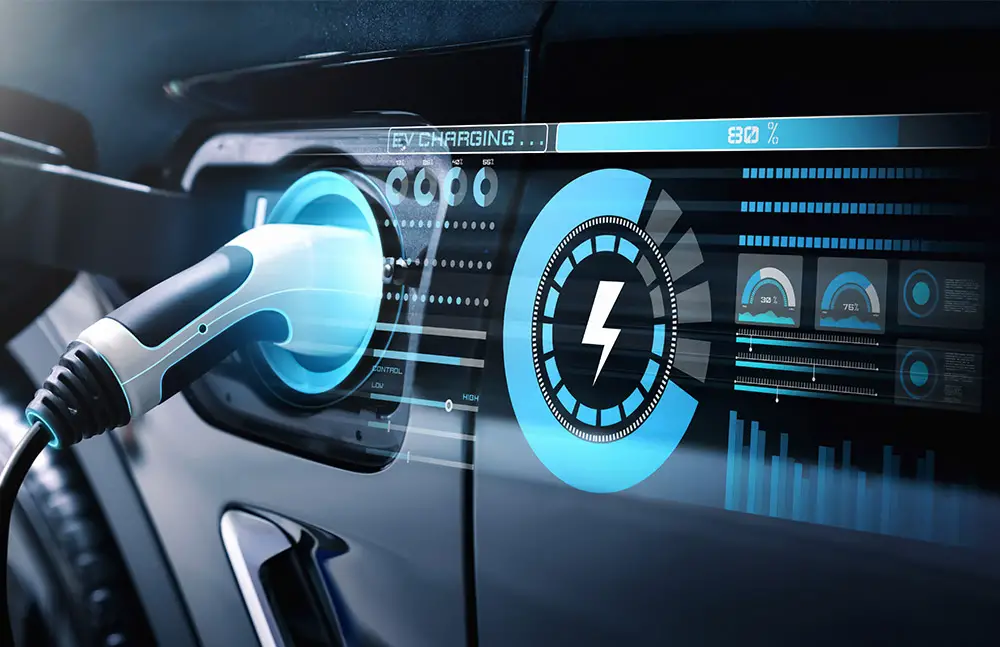
Before we dive into the specifics, it’s crucial to familiarize ourselves with the different charging levels available for electric vehicles:
- Level 1 Charging: Level 1 charging is the slowest method and typically involves plugging your EV into a standard 120-volt electrical outlet. This method is ideal for overnight charging and provides approximately 3 to 5 miles of range per hour.
- Level 2 Charging: Level 2 charging is a faster and more convenient option for most EV owners. It requires a dedicated 240-volt electrical circuit and the installation of a home charging station or the use of public charging stations. Level 2 charging can provide anywhere from 10 to 60 miles of range per hour, depending on the vehicle and charger.
- Level 3 Charging (DC Fast Charging): Level 3 charging, also known as DC Fast Charging or rapid charging, is the quickest method available. These charging stations provide high-voltage DC power directly to the vehicle’s battery, allowing for significantly faster charging times. DC Fast Charging stations can provide 80% or more of the battery’s capacity in as little as 20-30 minutes.
Home Charging Options
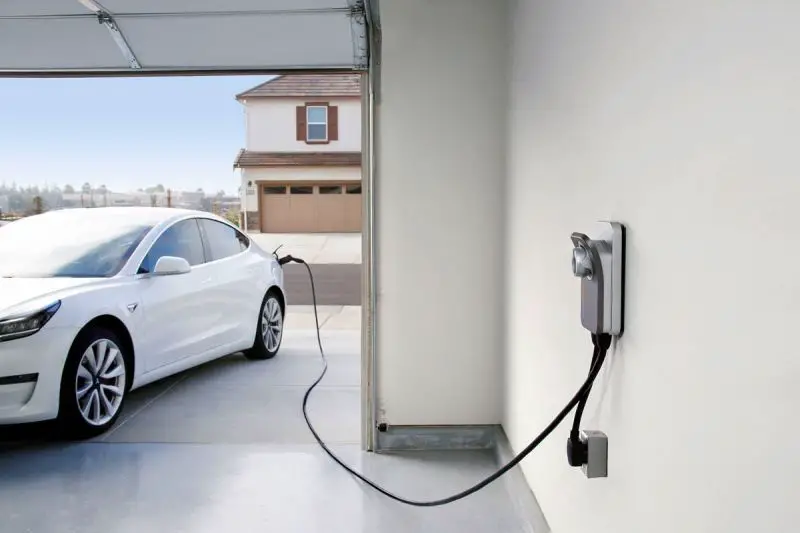
- Install a Home Charging Station: For convenient and efficient charging at home, consider installing a Level 2 home charging station. Consult with a certified electrician to assess your electrical panel’s capacity and determine the best location for the charger installation. Many EV manufacturers offer recommendations for compatible charging stations that are reliable and safe.
- Use a Standard Electrical Outlet (Level 1): If you do not have immediate access to a Level 2 charging station, you can still charge your EV using a standard 120-volt electrical outlet. However, be aware that Level 1 charging is significantly slower, and it may not provide enough range for daily commuting if your vehicle’s battery has larger capacity.
Public Charging Stations
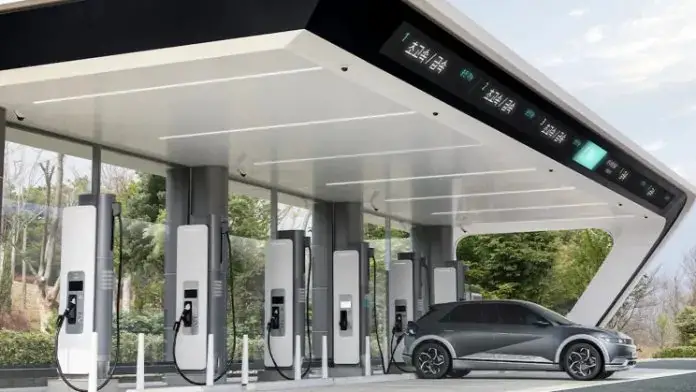
- Locate Public Charging Stations: Public charging stations are becoming increasingly common, making it easier to charge your EV while on the go. Various mobile applications and websites provide real-time maps and information on the availability and location of charging stations near you.
- Payment and Access: Charging station networks may require you to sign up for an account or use a specific payment method. Some charging stations offer pay-per-use options, while others require a subscription or membership. Make sure to familiarize yourself with the charging network’s requirements beforehand to avoid any inconvenience.
Best Practices for Charging
To make the most of your EV charging experience, consider the following tips:
- Plan Ahead: Familiarize yourself with the available charging stations along your daily routes and during road trips. Plan for longer stops during travel to utilize fast-charging stations efficiently.
- Charge Overnight: Take advantage of Level 2 charging at home by plugging in your EV overnight. This ensures a full battery each morning, eliminating any range anxiety.
- Optimize Charging Sessions: To save on energy costs, consider charging during off-peak hours when electricity rates are lower. Additionally, avoid letting your battery level drop too low before recharging to maximize battery longevity.
- Be Mindful of Etiquette: Charging stations can be in high demand, so it’s important to be considerate of others. Once your vehicle has reached an acceptable charge level, promptly move it to allow others to access the charging station.
Conclusion
Charging an electric vehicle is a straightforward process once you understand the different charging levels, options for home charging, and how to access public charging stations. By following the guidelines outlined in this beginner’s guide, you can ensure that your electric vehicle remains charged and ready for your daily commutes or exciting road trips. Embrace the future of sustainable transportation and enjoy the many benefits of owning an electric vehicle!

